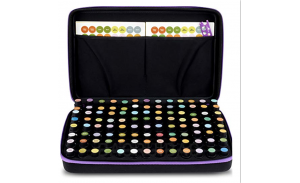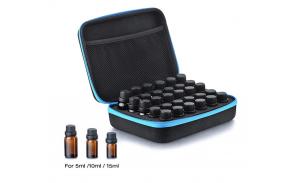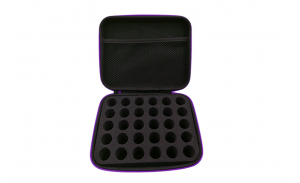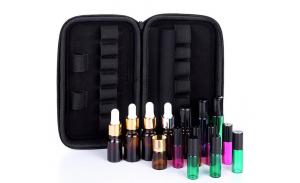How to Keep Pets Safe Around Essential Oils
Essential oils are gaining popularity for a variety of uses in humans and animals alike. They can be used as a treatment for illnesses, can be used for mental health and calming, and can even be used in pet training programs. While the effectiveness of essential oil use in pets needs more research, many swear by their helpfulness, especially for dogs and horses.[1] If you use essential oils, whether just on yourself or on your pets, the most important thing is to make sure your pet is healthy and safe.Steps
1Protecting Your Pet
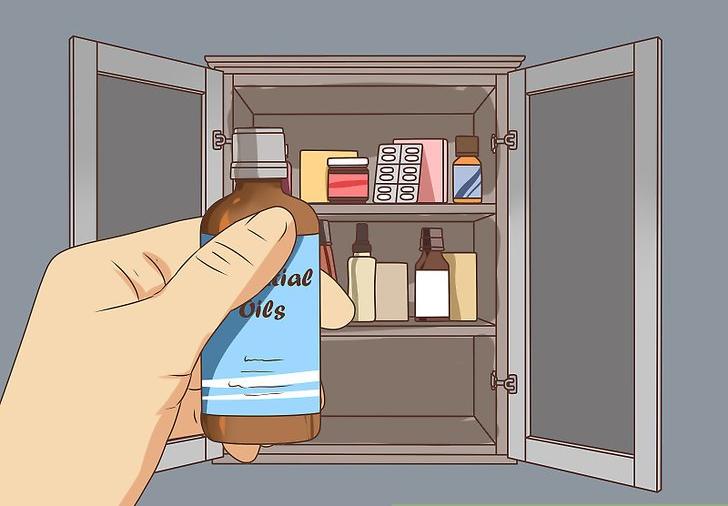 1Keep essential oils out of reach. Essential oils should be kept out of reach of your pets (and children) so that they don't accidentally ingest them.[2] This means keeping bottles closed and out of reach, for example in a closed cabinet that is only accessible to adults.
1Keep essential oils out of reach. Essential oils should be kept out of reach of your pets (and children) so that they don't accidentally ingest them.[2] This means keeping bottles closed and out of reach, for example in a closed cabinet that is only accessible to adults. 2Call your veterinarian, or a poison control hotline for pets, if your pet is exposed. If you feel that your pet has been exposed to too much essential oil, whether by accident or from an application, then you need to get them veterinary care as soon as possible.
2Call your veterinarian, or a poison control hotline for pets, if your pet is exposed. If you feel that your pet has been exposed to too much essential oil, whether by accident or from an application, then you need to get them veterinary care as soon as possible.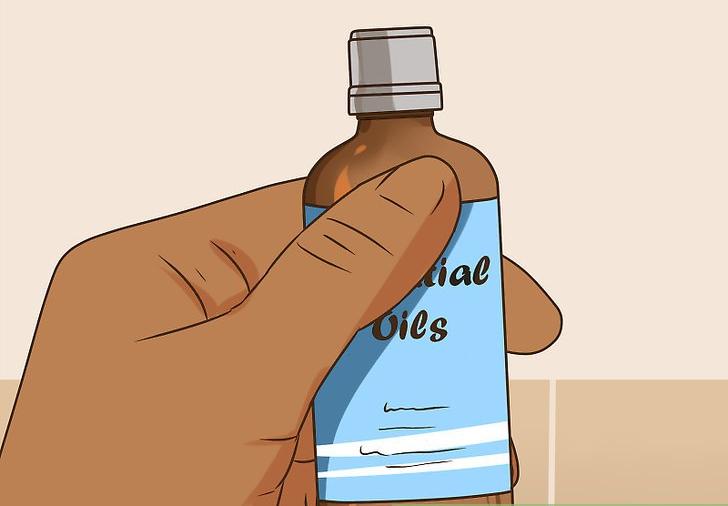 3Know the purity of the essential oils you use. Essential oils come in a wide variety of concentrations. This depends on the manufacturer and the usual strength of a specific essential oil that people use. For use with animals, you want to know the purity and what additional ingredients are included.
3Know the purity of the essential oils you use. Essential oils come in a wide variety of concentrations. This depends on the manufacturer and the usual strength of a specific essential oil that people use. For use with animals, you want to know the purity and what additional ingredients are included.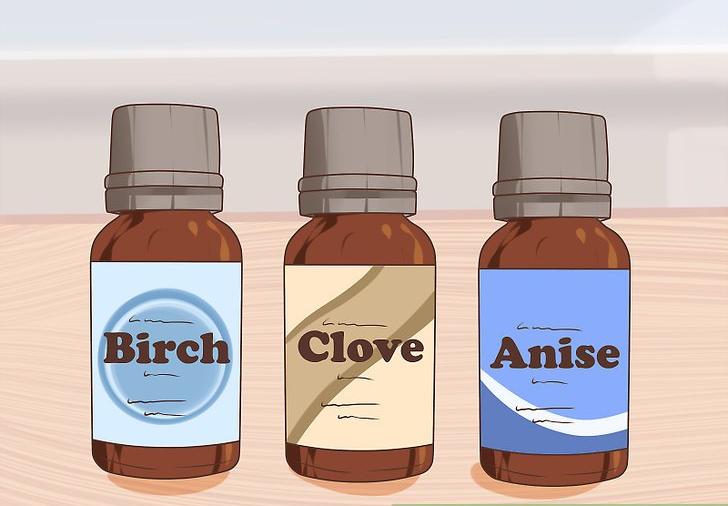 4Avoid scent training pets with certain essential oils.[3] Scent training is a process in which you train a dog to search out specific items that are marked with the scent of an essential oil. The essential oils that are usually used include anise, birch, and clove. The problems with this process are twofold: the essential oils themselves can be toxic and they can encourage the dog to go after food or items that have the same scent.[4]
4Avoid scent training pets with certain essential oils.[3] Scent training is a process in which you train a dog to search out specific items that are marked with the scent of an essential oil. The essential oils that are usually used include anise, birch, and clove. The problems with this process are twofold: the essential oils themselves can be toxic and they can encourage the dog to go after food or items that have the same scent.[4]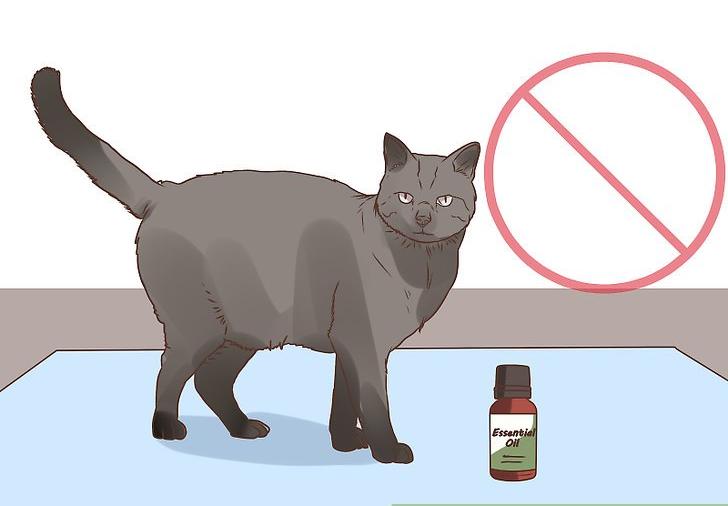 5Keep essential oils away from sensitive pets. Most often, essential oils are used for treating issues in dogs and horses, and not other pets. This is because most small pets that do not react positively to essential oils and can be poisoned by them easily. In most cases, avoid using essential oils with:[6]
5Keep essential oils away from sensitive pets. Most often, essential oils are used for treating issues in dogs and horses, and not other pets. This is because most small pets that do not react positively to essential oils and can be poisoned by them easily. In most cases, avoid using essential oils with:[6]2Using Essential Oils Safely
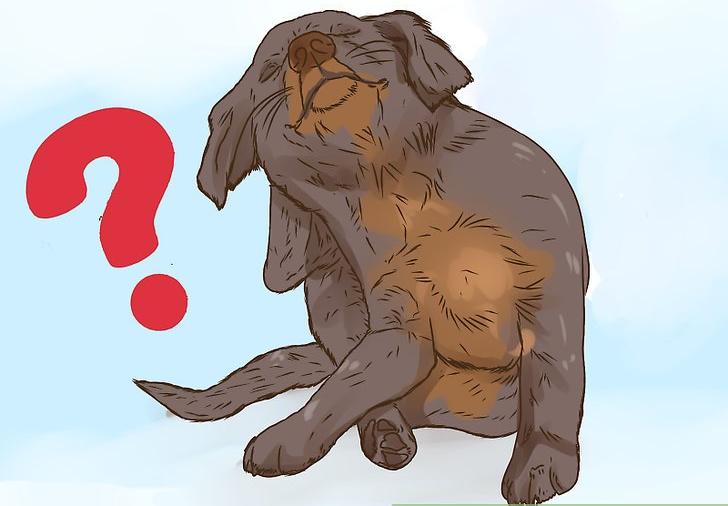 1Assess whether your pet could benefit from essential oils. Essential oils can be used for a variety of specific ailments. They are most often used to treat skin ailments, anxiety, and pest control.[7] If your pet is having one of these issues, essential oils may be good solution.
1Assess whether your pet could benefit from essential oils. Essential oils can be used for a variety of specific ailments. They are most often used to treat skin ailments, anxiety, and pest control.[7] If your pet is having one of these issues, essential oils may be good solution.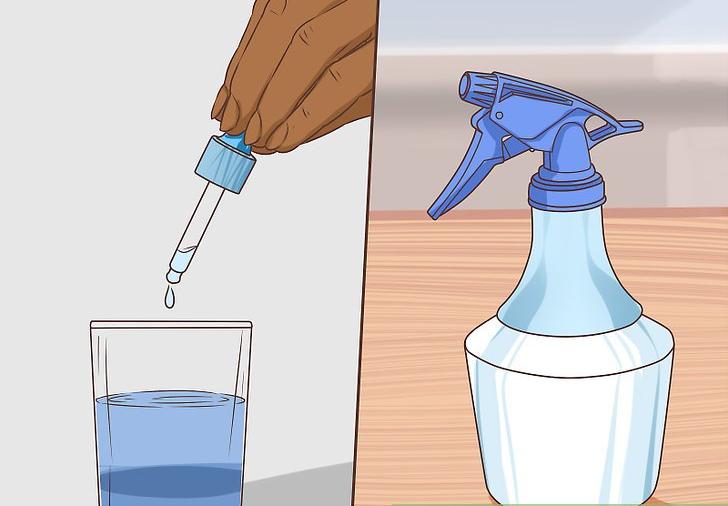 2Use a very small amount of essential oil. When giving your pet essential oil therapy, you want to use a small amount because many pets have very strong senses of smell. For example, if diffusing the essential oil in a room spray, you only want one to two drops for every cup of water.[8]
2Use a very small amount of essential oil. When giving your pet essential oil therapy, you want to use a small amount because many pets have very strong senses of smell. For example, if diffusing the essential oil in a room spray, you only want one to two drops for every cup of water.[8]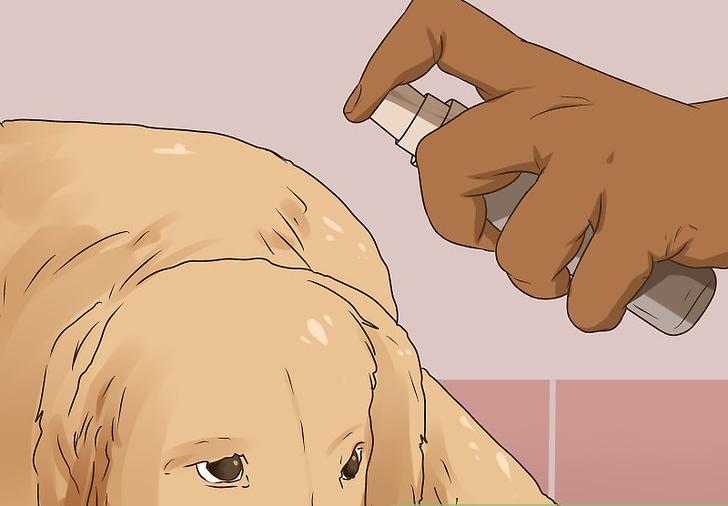 3Choose a way to apply the essential oil. The application of essential oils can be done several ways, depending on what you are using them for. Most often they are put in a diffuser, such as a spray bottle, or applied directly to the skin in a diluted form.
3Choose a way to apply the essential oil. The application of essential oils can be done several ways, depending on what you are using them for. Most often they are put in a diffuser, such as a spray bottle, or applied directly to the skin in a diluted form.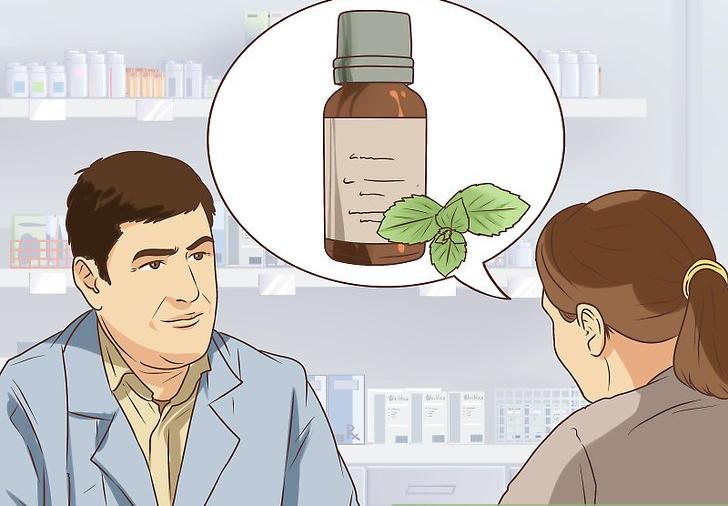 4Consult with a professional. If you want to use essential oils to help your pet, you should consider hiring a professional trained in animal aromatherapy.[11] Additionally, you should consult with your veterinarian before you start an essential oil regime.
4Consult with a professional. If you want to use essential oils to help your pet, you should consider hiring a professional trained in animal aromatherapy.[11] Additionally, you should consult with your veterinarian before you start an essential oil regime.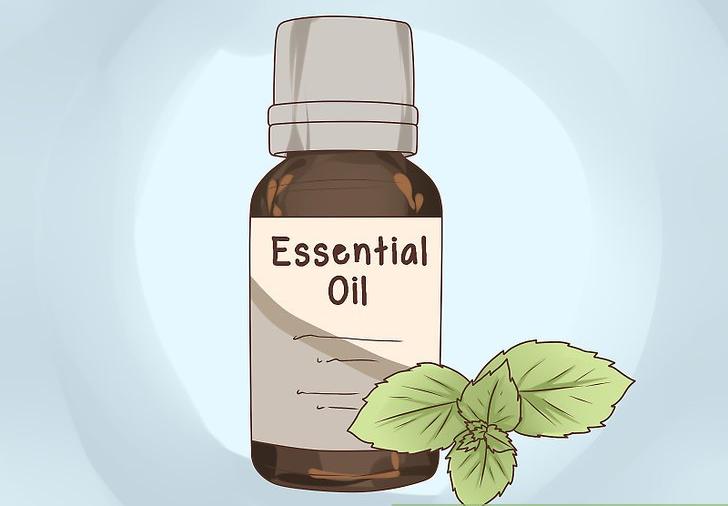 5Buy quality essential oils. If you are determined to use essential oils on your pet, make sure the oils you use are of a high quality. Buy from a seller that can steer you towards a quality product or from an online source that has a lot of information about the products they are selling and is focused specifically on essential oils.
5Buy quality essential oils. If you are determined to use essential oils on your pet, make sure the oils you use are of a high quality. Buy from a seller that can steer you towards a quality product or from an online source that has a lot of information about the products they are selling and is focused specifically on essential oils.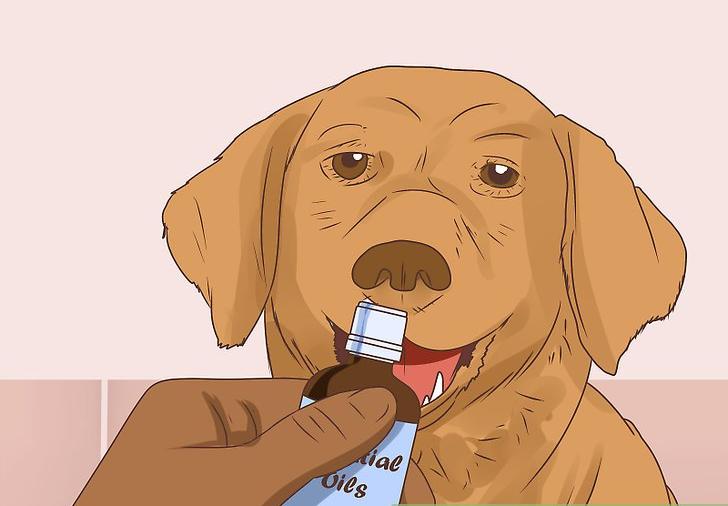 6Watch your pet's response to essential oils. Part of using essential oils on animals is watching them to make sure they are responding positively to the oil. Some refer to this as the animal "self selecting."[12]
6Watch your pet's response to essential oils. Part of using essential oils on animals is watching them to make sure they are responding positively to the oil. Some refer to this as the animal "self selecting."[12]3Avoiding Certain Essential Oils
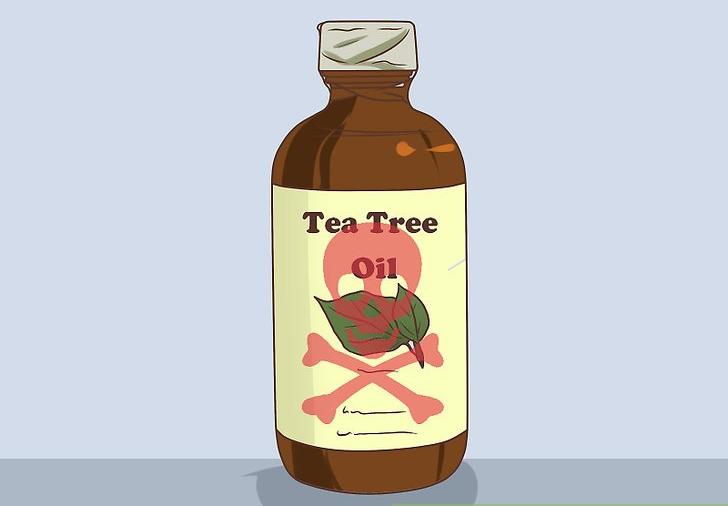 1Keep toxic essential oils away from your pet. While you should avoid using essential oils on animals other than dogs and horses, even those pets cannot deal with every essential oil. [13] The clearest example of an essential oil to avoid using on any pet is tea tree oil.[14]
1Keep toxic essential oils away from your pet. While you should avoid using essential oils on animals other than dogs and horses, even those pets cannot deal with every essential oil. [13] The clearest example of an essential oil to avoid using on any pet is tea tree oil.[14]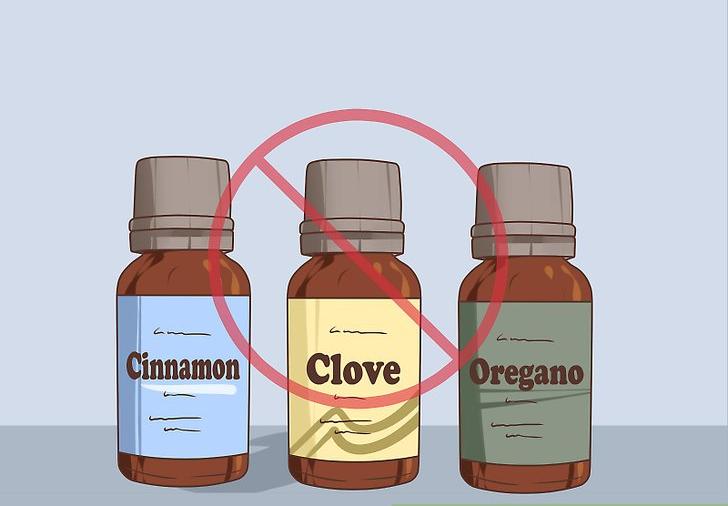 2Avoid using essential oils that are irritating or could injure your pet. While most essential oils will not kill your pets, many of them can be irritating or can cause adverse health effects, such as intestinal distress. Research what types of essential oils and what types of application you can use safely before applying essential oils to your pet.[16]
2Avoid using essential oils that are irritating or could injure your pet. While most essential oils will not kill your pets, many of them can be irritating or can cause adverse health effects, such as intestinal distress. Research what types of essential oils and what types of application you can use safely before applying essential oils to your pet.[16]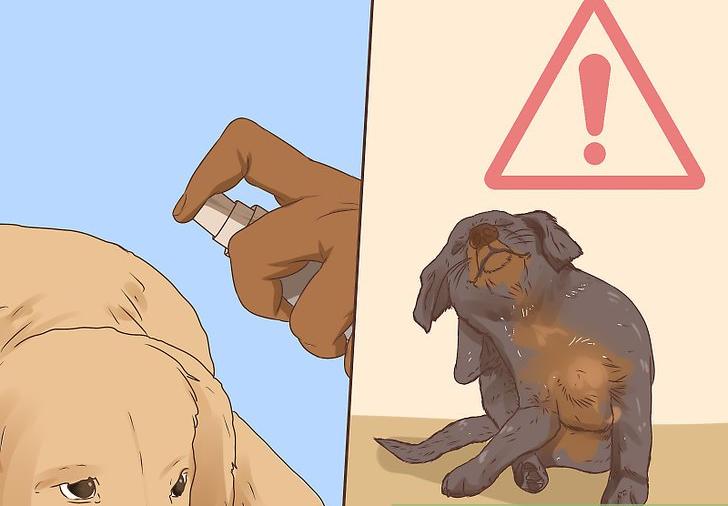 3Assess whether non-toxic oils are soothing to your pet. Just because an essential oil is not inherently toxic to your pet, that doesn't mean that it is helpful in all forms and applications. If you are using a product that contains essential oils and your pet is having an adverse reaction, for instance it has developed a rash, discontinue use of the product and avoid using that essential oil in the future.[17]
3Assess whether non-toxic oils are soothing to your pet. Just because an essential oil is not inherently toxic to your pet, that doesn't mean that it is helpful in all forms and applications. If you are using a product that contains essential oils and your pet is having an adverse reaction, for instance it has developed a rash, discontinue use of the product and avoid using that essential oil in the future.[17]


